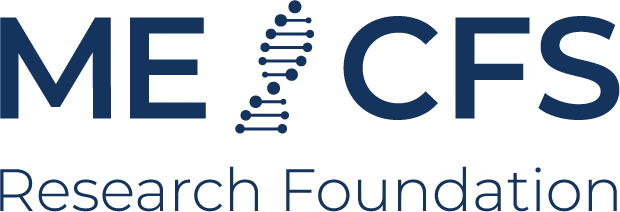Skeletal Muscle Structure and Function in Relation to Post-exertional Malaise in Patients With PASC and ME/CFS
About
Links
Project description
A common feature in patients with Post-Acute Sequelae of SARS-CoV-2 Infection (PASC) and ME/CFS are skeletal muscle-related symptoms, such as muscle pain, weakness, fatigue and post-exertional malaise (PEM).
The primary aim is to determine markers for skeletal muscle structure and function, and circulating factors, in patients with PASC and ME/CFS, and compare it with controls. The secondary objective is to determine skeletal muscle structure and function before and after induction of PEM, and assess the relationships between the measures obtained from muscle biopsies and parameters of exercise tolerance.
Primary outcome parameters are markers for local inflammation, viral infiltration, mitochondrial respiratory function and myokine concentrations in muscle biopsy and venous blood before and after induction of PEM. Heart rate variability and measures of exercise performance will also be determined.
Participants will be asked to perform physical exercise tests, give muscle biopsies (two samples), and various blood samples. There is some extent of burden and risk associated with harvesting muscle biopsies and blood samples, however this will be mitigated by the fact that these procedures will only be carried out by trained physicians. Moreover, the scientific gain from obtaining intracellular information outweighs these relatively quick procedures with minimal discomfort afterwards. The acute risks of physical exercise measurements are negligible. The main risk for patients is that these patients often suffer from PEM, which causes the participants to feel fatigued for some time after the maximal exercise test. It is one of the aims of this project to better understand PEM.
Description adapted from clinical trial website: see link above.
Patient cohort
Post-COVID Syndrome (PCS) with Post-Exertional Malaise (PEM) and post-COVID ME/CFS according to Canadian Consensus Criteria (CCC), compared with healthy controls.
Patients enrolled: 81
Age group: 18 - 65 years (Adults)
